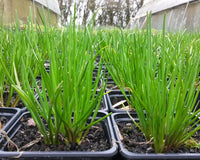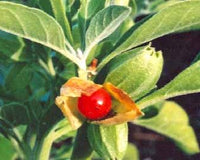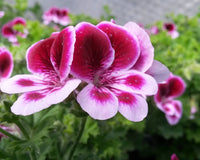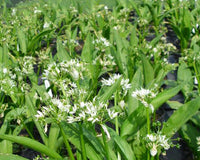Ashwagandha as a medicinal herb
Ashwagandha withania somnifera is a herb native to India and some parts of Africa and the Middle East, where it is also known as ‘winter cherry’ and ‘Indian ginseng’. It is used in the Ayurvedic system of medicine as a tonic herb, an adaptogen that works on all the major processes in the body especially the nervous system where it improves the body’s ability to cope with stress – a balancing herb without being stimulating. It is often the roots of ashwagandha that are used in Western herbal medicine, but in its native countries, the bitter leaves are infused to help reduce fever and are also ground along with the roots and applied to painful swellings to reduce inflammation. The small red fruits of ashwagandha are diuretic and the seeds are used for coagulating milk.
Growing Ashwagandha at home
In its native home, ashwagandha is a perennial shrub growing to around 1.5 metres in height. It has a smooth yellow root with a white centre, ovate leaves and small greenish yellow flowers that produce a red berry full of seeds. In the UK, ashwagandha is not a hardy herb and needs additional heat over the winter, in either a conservatory or heated green house. It is possible to grow it on a windowsill inside, but even with plenty of feeding it will eventually become stunted because it will want to grow bigger than the pot you can keep it in.
Ashwagandha fruits and seeds
Harvest the fruits when they are bright red and dry spread out on newspaper away from direct light. Once dry store them in an airtight container – they can be broken apart and the dried seeds planted in May- June the following year. Use seed sowing compost and place them just under the surface – keep warm and water as needed, they will germinate quite quickly.
Buy Ashwagandha herb plants
Visit our herb plant shop to order Ashwagandha herb plants to grow at home.






